I still dont htink I know what to look for in order to get better glass.
Simply stating get 'better glass' or they are sharper and faster doesn't cut it with me.
Better than what, sharper and faster than what?
Name lenses and makes so I can compair and learn
Simply stating get 'better glass' or they are sharper and faster doesn't cut it with me.
Better than what, sharper and faster than what?
Name lenses and makes so I can compair and learn


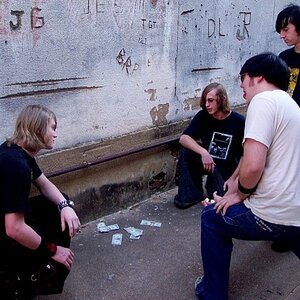
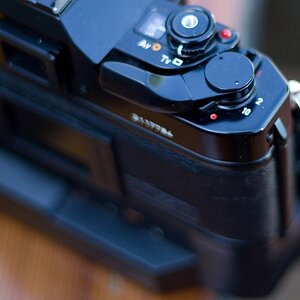
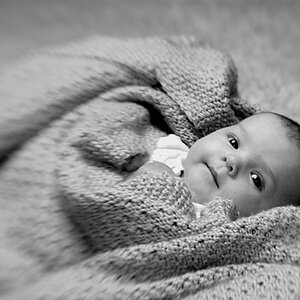
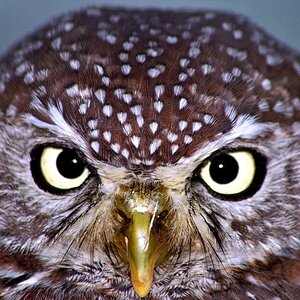
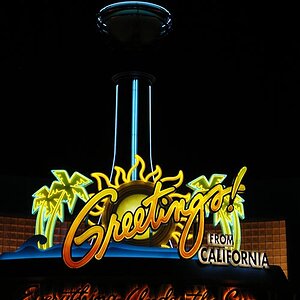
![[No title]](/data/xfmg/thumbnail/37/37618-4cd08d553e4ce30fd49570b1ba8259f2.jpg?1619738152)
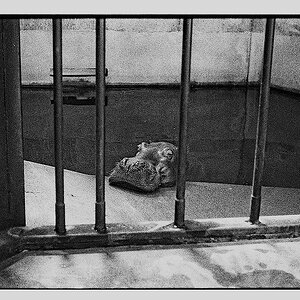
![[No title]](/data/xfmg/thumbnail/36/36300-760519cb9a8ebbfc57cc3d1fda5dd37c.jpg?1619737494)
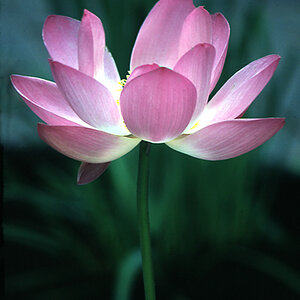
![[No title]](/data/xfmg/thumbnail/37/37605-90c8efaef5b7d1f52d4bf8e7dfd33673.jpg?1619738148)
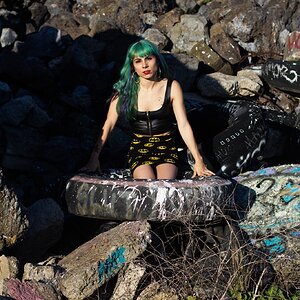
![[No title]](/data/xfmg/thumbnail/36/36302-6ee4929dfdf80290ffd73704693e860f.jpg?1619737496)